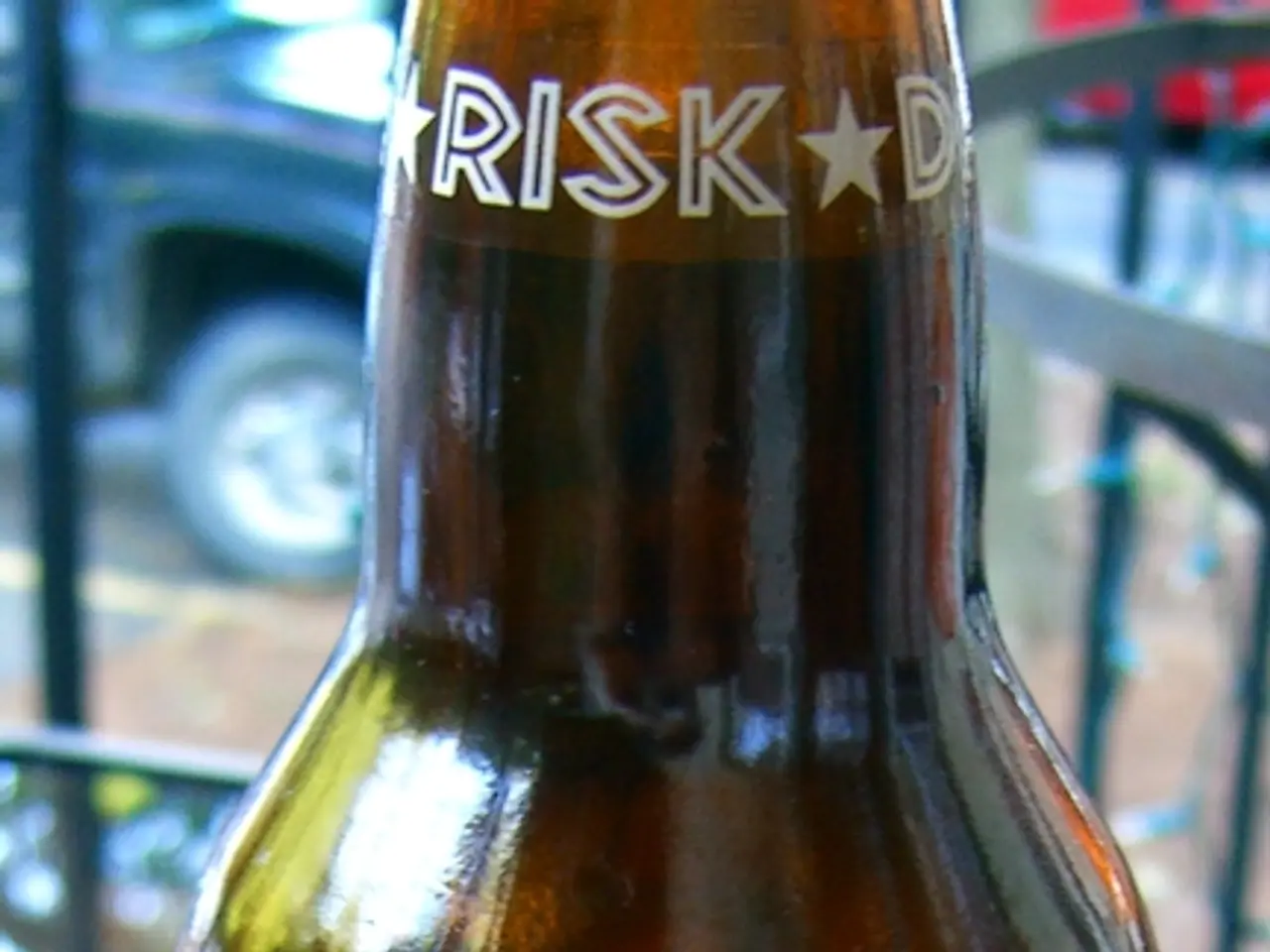Chemical messenger dopamine's role in the brain revolves around reward, motivation, and movement. It aids in regulating feelings of pleasure, motivation, and the brain's executive functions. It's also involved in the control of muscle movements.
In the complex labyrinth of the human brain, one chemical stands out for its crucial role in shaping our experiences and driving our behaviour: dopamine. This neurotransmitter, often referred to as the 'feel-good' chemical, plays a pivotal part in our responses to rewards, motivating us to pursue activities that bring us pleasure and satisfaction.
Dopamine is released in response to a wide range of stimuli, from the simple pleasure of eating to the more complex joy of social interaction. For instance, when we overcome a fear-inducing event and are met with a positive outcome, dopamine is released to reinforce this memory, encouraging us to face similar challenges in the future [9].
The release of dopamine is intricately linked to our brain's neural circuitry. Dopamine neurons, particularly those in the ventral tegmental area (VTA), are key players in processing motivation and reward. The lateral orbitofrontal cortex (lOFC) can bidirectionally regulate dopamine neuron activity, influencing dopamine release through both excitation and inhibition [3].
Our genetic makeup also plays a role in dopamine production and metabolism, affecting baseline levels and response. Adequate levels of nutrients such as tyrosine (a dopamine precursor), magnesium, and vitamin D are essential for dopamine synthesis, while deficiencies can reduce its production [1].
Lifestyle factors such as stress, substance use, sleep, and physical activity also impact dopamine levels. Chronic stress depletes dopamine stores, while adequate rest and physical activity boost dopamine replenishment [1]. Substances that cause spikes in dopamine release can downregulate natural dopamine production over time, leading to imbalances [1][2].
Social interactions are viewed by the brain as deeply rewarding, with dopamine promoting such interactions [11]. However, when dopamine systems become imbalanced, as in the case of addiction, they can be directed towards harmful behaviours [6].
Dopamine is not just released in response to rewards, but also in anticipation of them. This anticipation triggers a cascade of dopamine release, preparing us for the pleasure that lies ahead [1]. Everyday risk-taking can activate dopamine-producing areas in the brain, providing a thrill that some individuals, known as thrill seekers, have provisions to allow for constant high levels of dopamine [6].
Interestingly, dopamine also helps us learn and form expectations. Dopamine release correlates with prediction error signals during learning, where unexpected or novel stimuli trigger dopamine signalling that influences behaviour and cognition [3][4].
In conclusion, dopamine release is dynamically regulated by external rewards, brain region interactions, genetic makeup, nutritional and health status, lifestyle factors like sleep and exercise, and cognitive processes related to prediction and learning. By understanding the intricate workings of this brain chemical, we can gain valuable insights into human behaviour and potentially develop strategies for treating conditions associated with altered dopamine levels, such as addiction and depression.
Fitness-and-exercise and mental-health are closely linked to the release of dopamine, as adequate rest and physical activity boost dopamine replenishment, while chronic stress depletes dopamine stores [1]. In the realm of health-and-wellness, proper nutrition plays a role in dopamine production, with nutrients like tyrosine, magnesium, and vitamin D being essential for dopamine synthesis [1].




